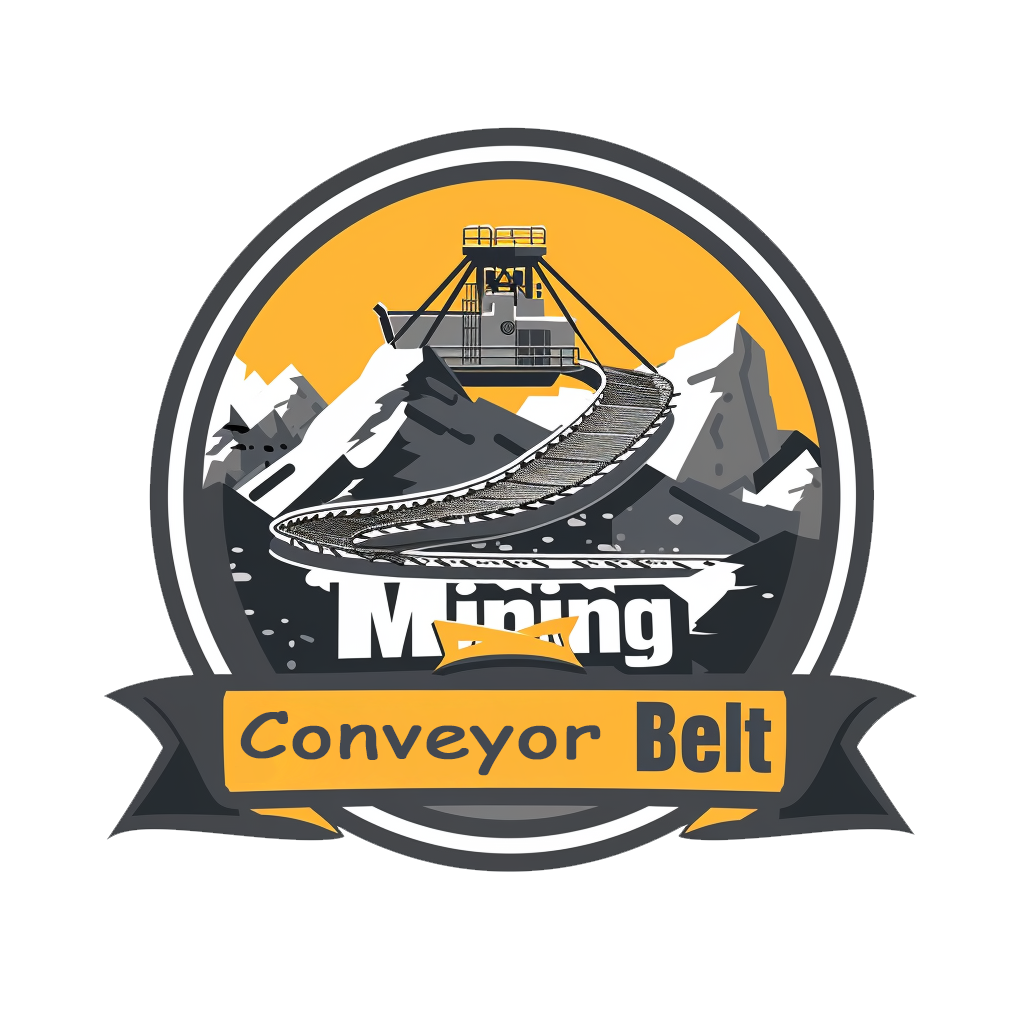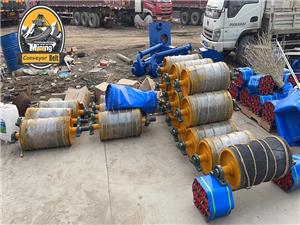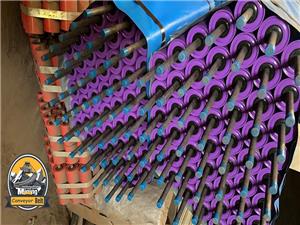Common Faults and Troubleshooting of Belt Conveyors
Belt conveyor is a kind of production equipment commonly used by cement grinding manufacturing enterprises. It is widely used due to its low running resistance, stable operation, simple maintenance and servicing. In order to improve the understanding of belt conveyor and reduce the labor intensity of post personnel, early detection of hidden dangers and elimination of equipment failures, the relevant content of belt conveyor is sorted out for everyone to share.
I. Common problems and countermeasures
1. The conveyor belt deviates unilaterally at a certain part of the equipment. There are four reasons:
(1) The conveyor frame is bent. The bent part should be checked and the straightness and horizontality should be adjusted.
(2) The several rollers before the deviation are not perpendicular to the running direction of the conveyor belt and should be adjusted.
(3) There are block attachments on the rollers. It is necessary to remove and install scrapers and other cleaning devices in time.
(4) The roller transfer is poor and maintenance is required to be carried out and lubrication is strengthened.
(5) The center of the roller is offset or sticky with materials. Adjust the center of the roller, install scrapers, and remove block attachments.
(6) The position of the feeding device is not appropriate. The position of the feeding device needs to be corrected.
2. Specific parts of the conveyor belt deviate from the full length of the conveyor belt
(1) The conveyor belt joint is bent. The joint should be repaired and the belt straightness near the joint should be improved.
(2) The conveyor belt itself is not straight enough. Use an automatic centering roller (the local slight lack of straightness can be corrected after a few days of load adaptation. In a few cases, correction or repair is required). It is best to install it on the return side close to the tail wheel so that the material is carried in the center.
3. The entire conveyor belt deviates
(1) The conveyor frame is bent. The straightness and horizontality of the entire length of the conveyor should be checked and adjusted.
(2) The material loading position is not correct, that is, the material blocks are uneven on the left and right sides of the conveyor belt, and the weight is unbalanced. The feeding position should be improved.
(3) Sometimes the conveyor belt deviates and sometimes it does not deviate. This is generally caused by wind. A wind shield and self-adjusting centering roller should be installed.
(4) One side of the roller drops. The left and right rollers should be adjusted to the same height.
4. The conveyor belt runs unsteadily (unfixed deviation). The conveyor belt is relatively hard, and the troughing is poor in the initial use, which leads to deviation. Generally, it can be eliminated after a few days of use. If this phenomenon still occurs after a long period of use, the automatic centering roller should be installed. If it cannot be adjusted, the conveyor belt should be replaced.
5. The upper cover rubber is scratched, torn, peeled, abnormally worn, etc.
(1) The baffle length is insufficient. The baffle length should be adjusted to be longer until the material on the conveyor belt is stable; the baffle opening is not appropriate. The baffle opening should be 2/3-3/4 of the conveyor belt width, and should be narrower for block materials. The baffle is preferably fan-shaped (the opening is along the running direction) and the opening size can be adjusted.
(2) The interval between the conveyor belt and the baffle is not appropriate. First, make the side of the baffle on the conveyor belt in the running direction touch the conveyor belt, and then slowly increase the interval to an appropriate position to reduce the wear of the baffle on the conveyor belt; the material of the baffle is not appropriate. The baffle material is too hard, or the canvas is exposed when using an old conveyor belt, so that it directly contacts the conveyor belt. A suitable rubber baffle should be selected.
(3) The feeding direction is not appropriate, that is, the direction of the material falling is different from the running direction of the conveyor belt, resulting in lateral force, causing the conveyor belt to deviate or be aggravated by wear. The material dropping direction should be adjusted; the material dropping angle and drop are not appropriate. The angle should be reduced so that the material does not bounce when it falls on the conveyor belt. When the drop is large and the conveyor belt is subjected to a large impact, measures should be taken to reduce the speed of feeding.
(4) The material dropping speed is not correct. Since the material dropping speed and the conveyor belt speed are not adjusted well, the material slips instantly when it falls on the conveyor belt, thereby wearing the upper cover rubber. The dropping speed should be adjusted to be consistent with the conveyor belt speed; the lower roller is sticky, does not rotate or is not adjusted properly, and the upper cover rubber is abnormally worn. The following methods should be adopted: install a sweeper, clean the conveyor belt, install a rubber sleeve on the return roller, repair or replace the return roller.
6. Severe wear of the rubber cover on the non-working surface
(1) The surface condition of the rollers and drums is poor. The rollers and drums are damaged or have attachments and need to be repaired. If necessary, a baffle to remove the attachments should be installed.
(2) The rollers do not rotate well and should be repaired and lubricated.
(3) The groove rollers are too tilted. They should be adjusted to be perpendicular to the conveyor belt with an error of no more than 2 degrees.
(4) The conveyor belt slips on the drive roller. Check whether the tension is normal and increase the tension appropriately. In addition, to prevent slipping, wrap the drive roller with rubber or use a clamping roller to increase the wrap angle.
7. Edge damage of the conveyor belt
(1) The edge rubber of the conveyor belt is excessively rubbed or bent on the roller or frame. Check whether the conveyor belt is deviating and repair it.
(2) The first groove roller in front of the head roller is too close or too high to the head roller. The position of the roller needs to be adjusted.





